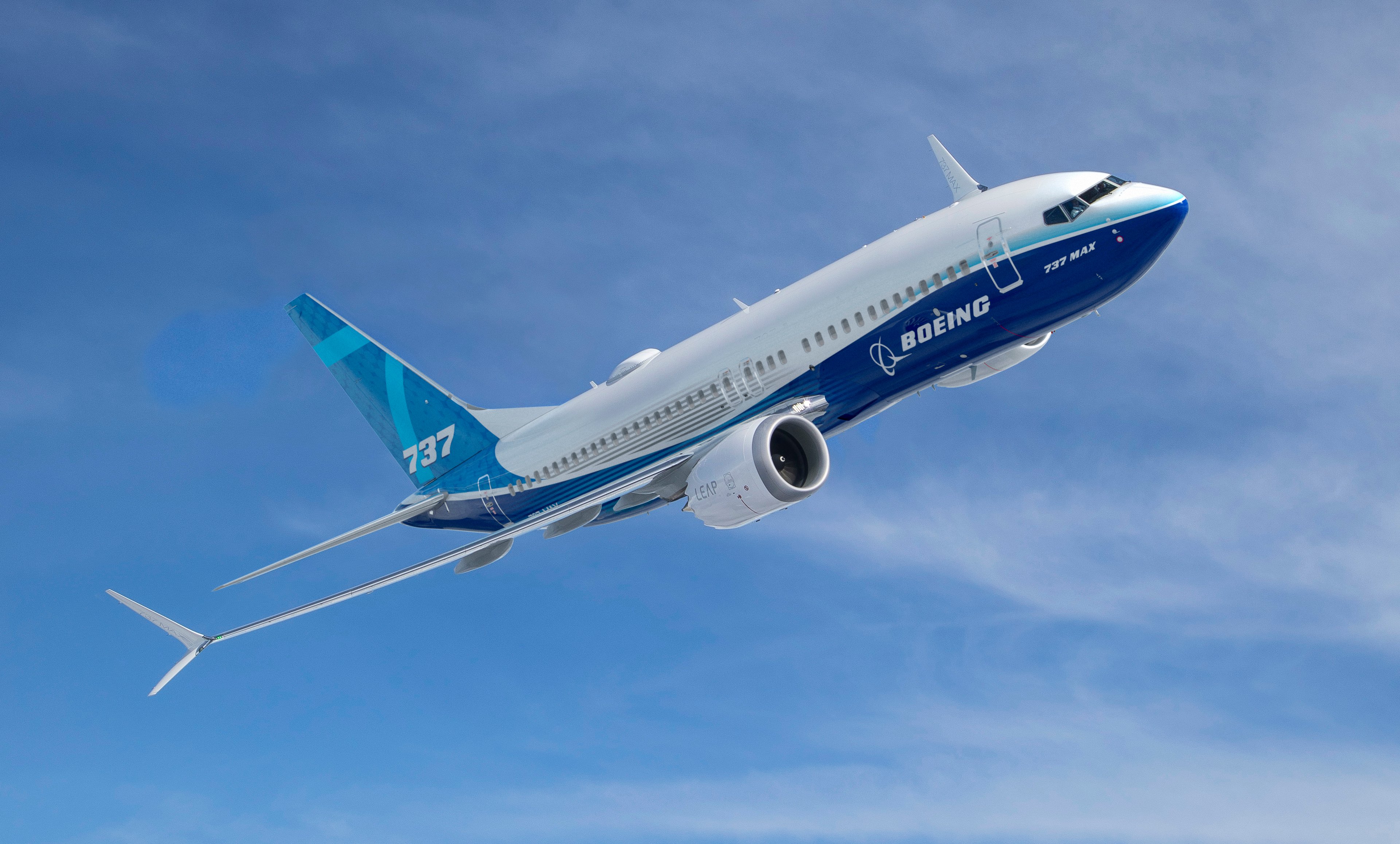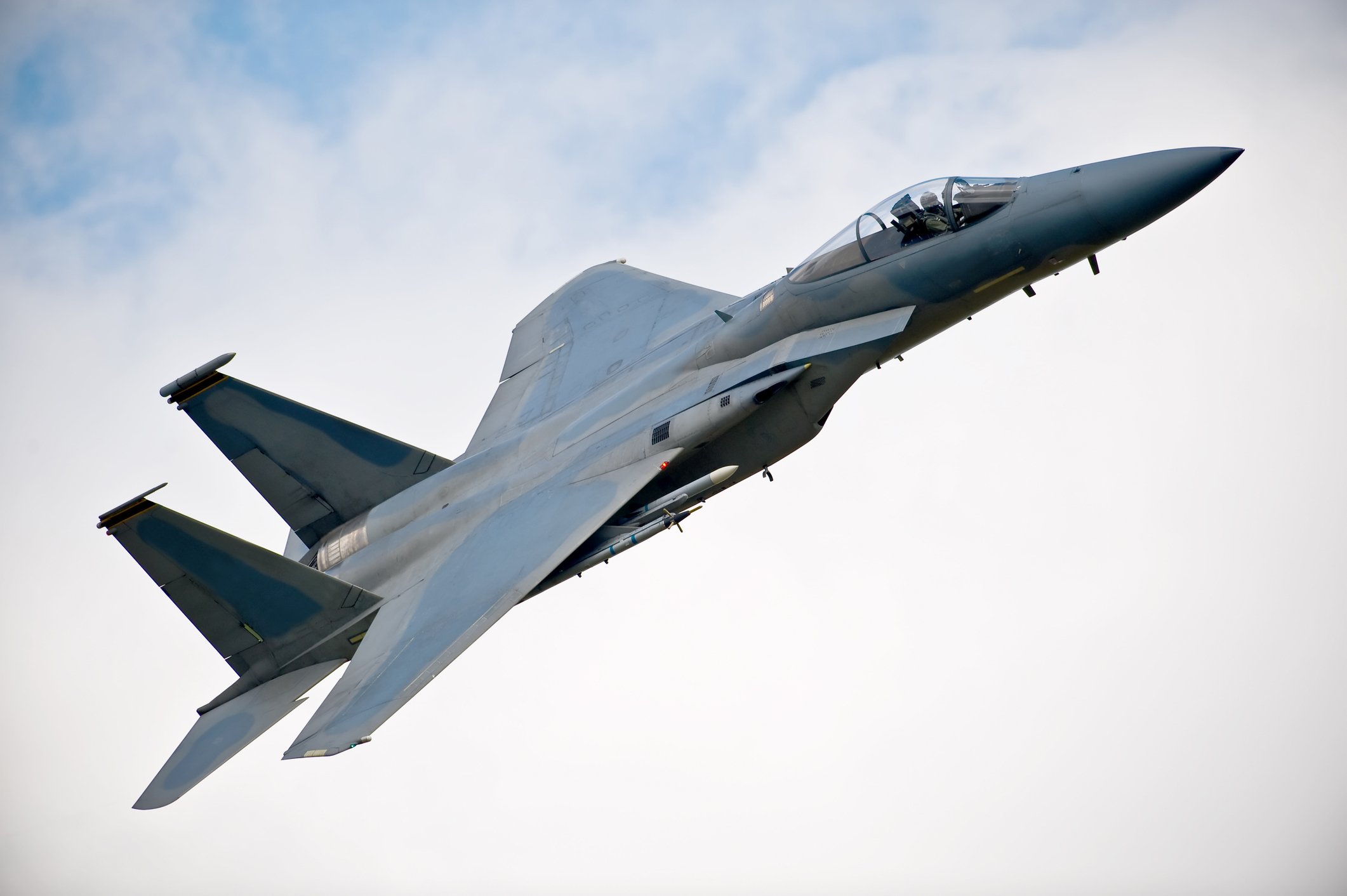Last week, Boeing (BA 0.82%) capped its stellar 2017 performance with a strong fourth-quarter earnings report and bullish 2018 forecast. The company is capitalizing on a combination of robust aircraft demand and a rebound in U.S. defense spending.
Following the earnings report, Boeing's top two leaders -- CEO Dennis Muilenberg and CFO Greg Smith -- spent more than an hour talking to analysts and reporters about the aerospace giant's outlook. Here are five big highlights from that discussion.
Margin expansion is just getting started
... [T]hat 15% margin target, mid-teens target, remains our clear focus. And I think what you see is progress along that path in 2017. You see our guidance in 2018 is another step toward that.
-- Boeing CEO Dennis Muilenberg
Last year, Boeing significantly improved the profitability of its commercial airplanes segment. In 2016, its operating margin was just 3.4% -- adjusted for the recent spinoff of Boeing's services business as a separate division -- mainly because of several big charges related to cost overruns. By contrast, the commercial airplanes segment's operating margin reached 9.6% in 2017.

Rising production of 737 family jets is lifting Boeing's profitability. Image source: Boeing.
Looking ahead to 2018, Boeing expects to post an operating margin of at least 11% in the commercial airplanes segment. Management sees room for further gains, as 737 family production rises, 787 Dreamliner production costs come down, and 777X output ramps up. The company hopes to boost the segment's operating margin to around 15% in the next few years. That target is finally starting to seem achievable.
Boeing's surge in cash flow will continue
Operating cash flow for 2018 is forecasted to increase by $1.7 billion to be approximately $15 billion, largely driven by the following: improving 787 cash generation, higher 737 production, and improved Tanker profile, partially offset by the cash impact from the 777 investments and planned 777 lower volume.
-- Boeing CFO Greg Smith
The most impressive part of Boeing's 2017 performance was its cash flow. Free cash flow surged nearly 50% year over year, reaching $11.6 billion, more than $3 billion ahead of the company's initial forecast.
Boeing expects this momentum to continue in 2018. Rising production for the 737 family and better profitability for the 787 family will more than offset a slowdown in 777 production and expenses related to building the 777X test models. Additionally, Boeing will deliver the first 18 KC-46 Pegasus tankers to the U.S. Air Force this year, following a lengthy delay.
A lower tax rate will boost earnings per share
Our expected effective tax rate for 2018 is approximately 16%.
-- Greg Smith
Boeing is likely to be one of the biggest winners from U.S. corporate tax reform. First, the tax incentives for capital spending will probably encourage many U.S. airlines to buy more aircraft during the next five years or so.
Second, Boeing will benefit from a lower statutory federal tax rate (21% instead of 35%), while R&D tax credits and the exemption of its foreign profits from U.S. income tax will drive additional savings. As a result, the company expects its effective tax rate to fall to around 16%, just half of the 32% effective tax rate it had projected for 2017 at this time last year.

Boeing's tax rate will decline significantly going forward. Image source: Boeing.
Despite the lower effective tax rate, Boeing's cash tax bill will actually increase in 2018. Still, in the long run, Boeing will pay less to Uncle Sam than it would have otherwise.
The Boeing 737 production rate could keep rising
... [O]ur planned production rate for the 737, going to 57 per month in 2019, is based on our backlog of more than 4,600 aircraft and a production skyline that is sold out into early next decade. We continue to assess the upward market pressure on the 737 production rate.
-- Dennis Muilenberg
Last year, Boeing increased output of its workhorse 737 jet family from 42 per month to 47 per month. The company has already scheduled two additional increases, with production reaching 52 per month this year and 57 per month in 2019.
However, Boeing may need to ramp up production even further to meet the strong demand for single-aisle jets. Last year, Boeing captured 745 net orders for the 737 family. That left it with a backlog of 4,668 737 family jets, equal to about seven years of production. Boeing's massive Renton factory is big enough to produce 63 737s per month. Barring a sudden market downturn, Boeing seems likely to increase production to this level sometime in the early 2020s.
Still serious about making a deal for Embraer
We have a long-standing history of collaboration with Embraer spanning multiple decades. We're interested in a business combination because we see strong strategic value and clear synergy in a number of areas, including highly complementary product lines...
-- Dennis Muilenberg
In late 2017, following reports of its interest in acquiring Embraer (ERJ 1.27%), Boeing confirmed that it was in talks with its smaller Brazilian peer. Finding the right deal structure is a major challenge. Brazil's government has the power to block any potential deal, and it is firmly opposed to a full takeover of Embraer, considering the company critical to national security.
During the recent earnings call, Boeing's CEO indicated that the company is still interested in putting together an acceptable deal. Embraer's expertise in building smaller jets makes it a good strategic fit with Boeing, which has abandoned the market for jets with 130 or fewer seats. A joint venture or similar partnership arrangement could potentially unlock much of the upside of a full takeover without spooking the Brazilian authorities.







